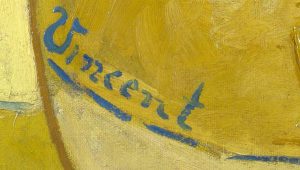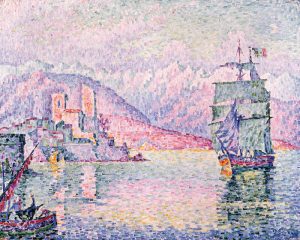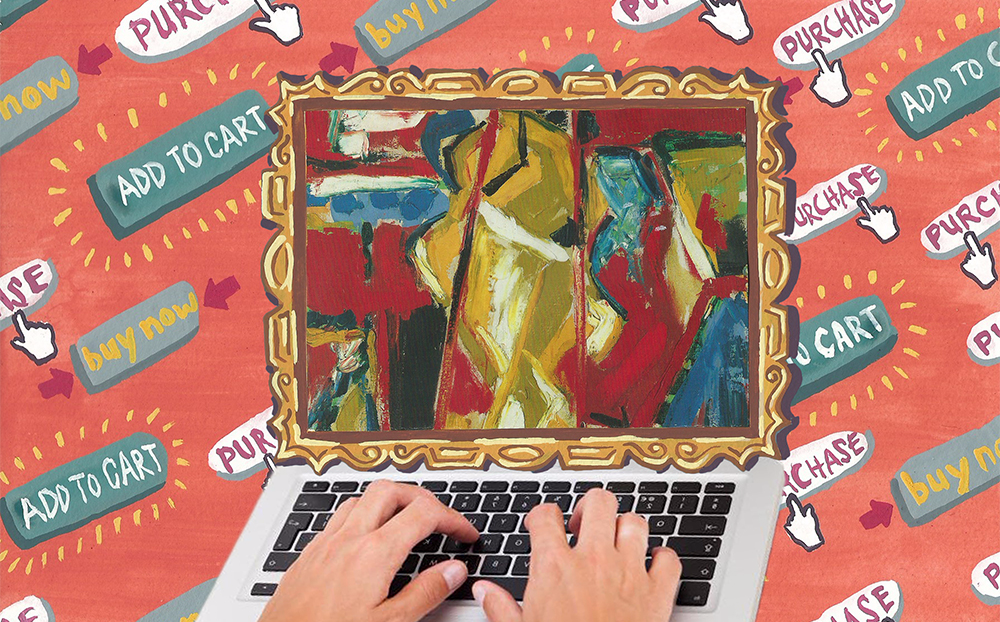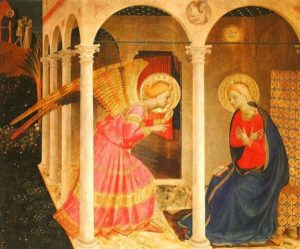How to increase the value of their work
 Not every artist knows that there are several ways to increase the value of an already finished work of art. We offer to get acquainted with the time-tested methods of the art market, which make experienced collectors (and art buyers in general) pay more. You do not have to change anything in your work, just follow these rules.
Not every artist knows that there are several ways to increase the value of an already finished work of art. We offer to get acquainted with the time-tested methods of the art market, which make experienced collectors (and art buyers in general) pay more. You do not have to change anything in your work, just follow these rules.
In order to understand the essence of the idea, consider a simple example. Here are two identical works of art with the same value: you don’t know anything about one thing, and you have plenty of information about the other. Which one would you prefer to buy? Right, the second. But why? The more you know about work, the better and deeper you understand and appreciate it, and the more it means to you at different levels. As for the art market, works of art with history and context are more attractive to buyers. Why? Because it is easier to sell (or resell) art, about which you can tell a lot, than that – about which you know very little or nothing.
In other words, you add value to artwork by giving people information. Any artist can increase the value of any work of art in the eyes of collectors and potential buyers. Here are the basic recommendations:
1. Signature.
First of all, sign your work. If it is signed, but the signature can be read only by people familiar with your work, then make another legible signature on the reverse side. This is a very important detail, as the most common question is when people first see a work of art: “Who is the artist?”. Signed work will always be sold at a higher price. Why? When an artist writes his name, it means that the work is ready for a public demonstration and “officially approved” by the artist.
You can make a signature to your picture on the back, in the corner, embedded in the composition, anywhere. It does not matter. Your name should not be distinguished, but it must be legible. Even if everyone on the planet knows who you are, sooner or later, there will be people who will not know about you. And if any of them inherit or otherwise receive your unsigned works of art, they will not know what to do with them and most likely throw them in a landfill.
2. Name.
Give your work a name. Can you imagine a book, film or music without a title? Of course not. Art is no different. Even if you create a picture without a name, mark it “Untitled”. If you take two identical works of art, the first with the name “Untitled” and the second without a name, then the first one will cost more. If you don’t like the headers or don’t use them, explain why, as this will also help increase the cost of unnamed work.
3. Date.
Set the date of creation of the work. Some artists do not like to date their works, as they believe that buyers only want fresh works. Or they can call any desired number. If this is the case, put the date in secret, hidden in the composition, in your daily journal, in the inventory, etc. When you become old and famous, these records are very useful, for example, for your retrospectives in a famous gallery or museum. Experienced art buyers prefer to know the exact date of the creation of the picture than to guess it.
Here are some more interesting facts about art and dates. The more famous you become, the more significant your early works of art become. If you become really famous, your first works will most likely be sold for a lot of money at some point. When you’re young, shoppers want fresh new things; the better you progress in your career, the more they will strive to buy your old work. Therefore, we recommend keeping some of the best ones.
4. Numbering.
If you are a graphic artist, digital artist, photographer, sculptor, or you make multiple copies of your work, set their number in the series, do not change it and successively number each new work. People who buy replicas, expect exclusivity. They want to know how many such works exist, and also to what extent their interests are protected by your promise not to repeat the work.
5. Explanations.
Explain what your work is about. People want to know what your art is. Describe your work with one or two sentences or paragraphs. You can write about a separate work or a series in your portfolio, gallery directory, on the official website, personal page in the online gallery or in an article / interview about your art. If you do not know what to talk about, write about the very process of creating art, about your thoughts during the work and so on.




